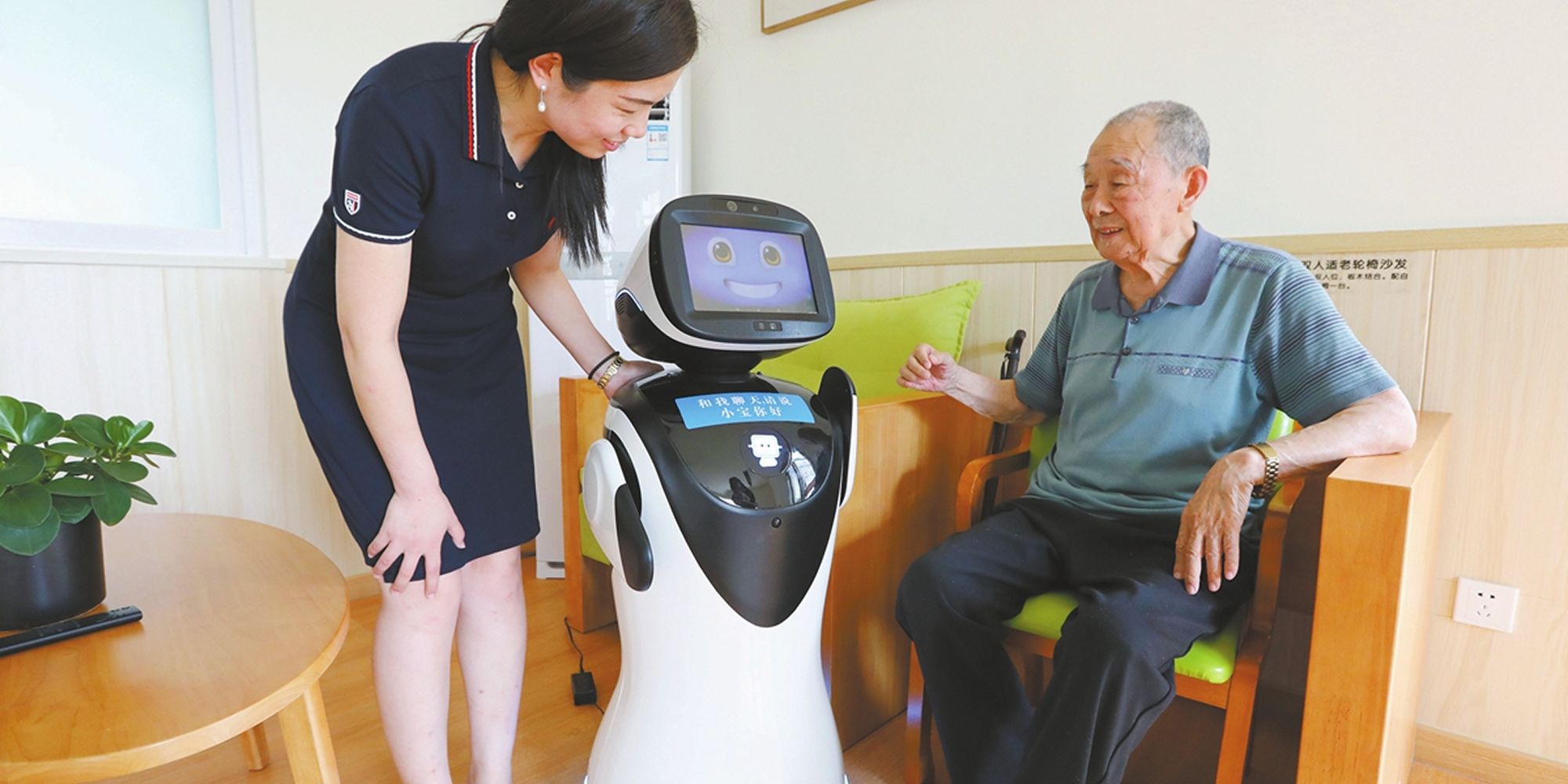Business Directory
Navigate the world of opportunities with IndoConnex's Business Directory.
Charity & Fundraise
Provides a convenient and straightforward platform for individuals, Non-Organization, and Community to contribute to a cause they care about.
Product/Service
Increased Visibility and Exposure By listing your products and services in IndoConnex directory.
Community
Find more people & become a part of International communities.
Campus & Education
Innovative Learning, Worldwide - Discover our global education database, where innovative learning meets diverse cultural experiences.
Resources & Insight
Stay informed and empowered with valuable insights and practical resources to achieve your personal and professional goals.
Buy & Sell
Buy, Sell or give away your new, second or unused items on the IndoConnex global marketplace.
Jobs & Workers
Tailored for individuals seeking full-time, part-time, casual, and flexible employment opportunities and also for the Company & Organizations to find global talent.
Place Directory
Uncover captivating points of interest that ignite your sense of wonder. Our curated collection promises unique experiences at every turn.
China is Leading the Way in Humanoid Robotics with Global Standards for Senior Care Robots

An elderly person interacting with a senior care robot. Source: Global Times
China is rapidly establishing itself as a global leader in the humanoid robotics industry, driven by a surge of innovation and a growing number of companies leading the charge.
According to a recent report by Morgan Stanley, China’s role in humanoid robotics has expanded significantly, making it one of the key players in shaping the future of this emerging sector.
A working group set up by the International Electrotechnical Commission (IEC) has developed a set of global standards aimed at guiding the design, manufacturing, and certification of robots, with a particular focus on eldercare. The standards are expected to play a significant role in shaping the future of humanoid robots worldwide, ensuring safety, interoperability, and efficiency.
To ensure consistent quality and functionality in elder-care robots, the IEC established a working group. This group, comprised of international experts and co-chaired by representatives from China and Korea, developed comprehensive standards. These standards detail key functional requirements, including health monitoring, emergency response systems, mobility assistance, and communication capabilities, reflecting the necessity of international cooperation for a global industry.
Beyond health-related tasks, these robots will also be required to assist with a range of activities such as communication, mobility, and even providing social interaction, which could significantly improve the quality of life for aging populations around the world.
However, the rapid growth of humanoid robotics raises important questions and challenges. Ethical considerations, safety concerns, and the economic impact of widespread robot adoption are key areas that need to be addressed.
Looking to the future, the humanoid robotics industry is expected to see continued growth and innovation. As standards evolve and technology advances, in hope these robots become an integral part of healthcare systems worldwide.
Source:
Tags:
Promotion
No promotions available.
Related Articles

Indonesia Agricultural Supplement Ranks Among the Top 100 Best Companies in ASEAN

5 Reasons to Study in Australia

7-Eleven to Close 444 Stores in North America as Part of Strategic Restructuring

A looking Back at Indonesia’s History and Achievements










Share Profile
Give Award
Report User
reporting will not be informed that you've submitted it




